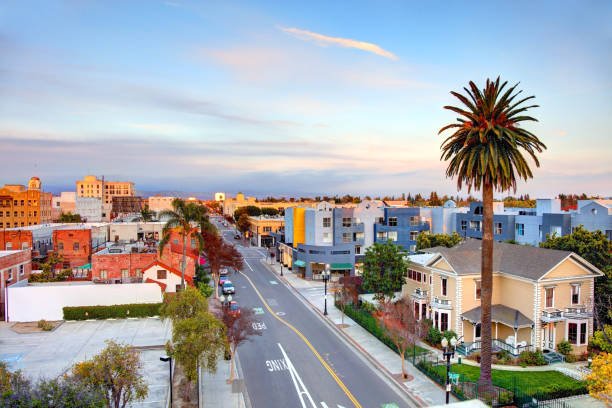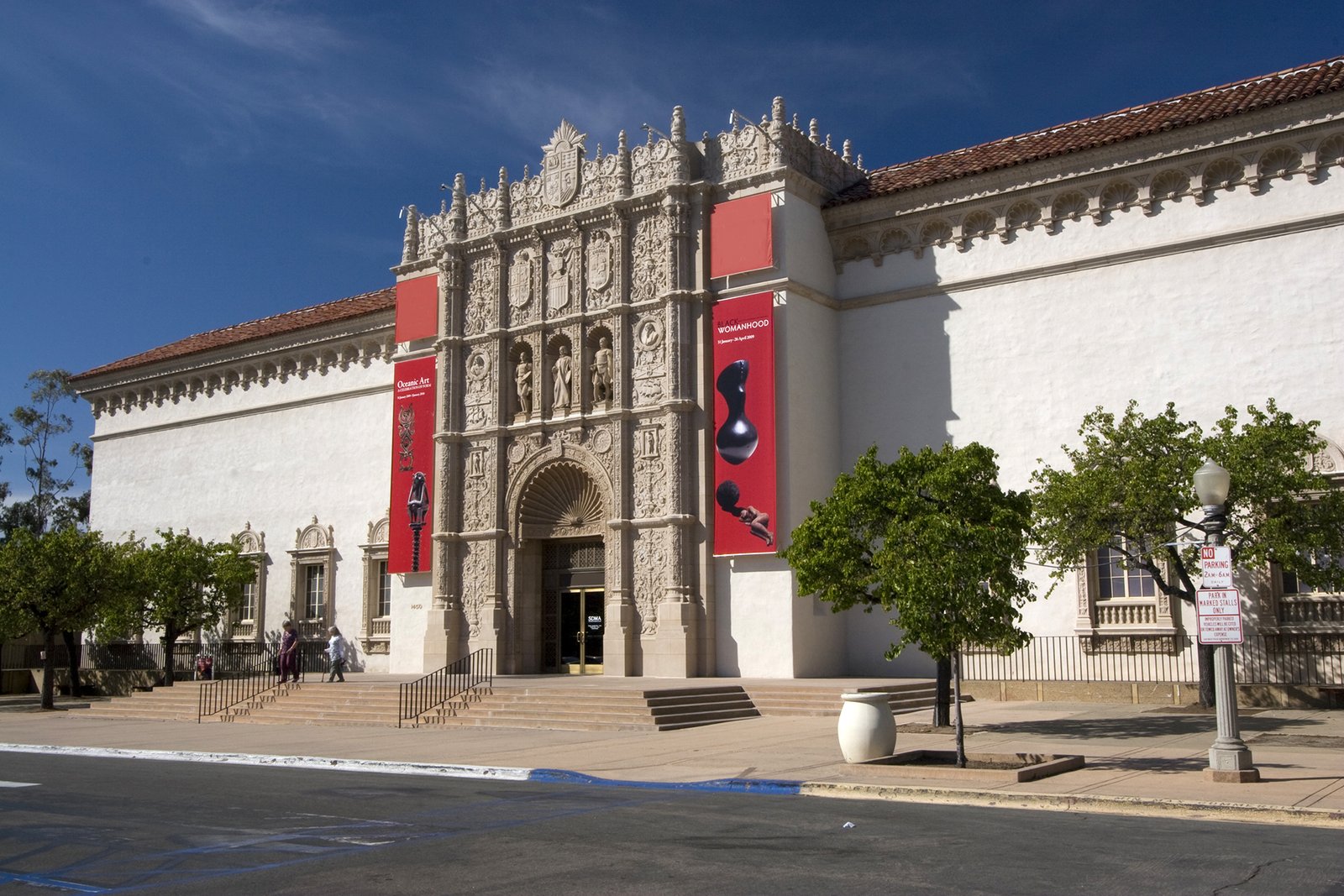Santa Ana History of Santa Ana City, founded in 1869, is a vibrant city in Southern California. Its rich history spans from its early days as a Spanish land grant to becoming the seat of Orange County. The city flourished with the advent of the railroad in the late 19th century, boosting agriculture and trade. Santa Ana’s diverse culture is reflected in its thriving arts scene, historic architecture, and bustling downtown. Key landmarks like the Bowers Museum and Old Orange County Courthouse showcase its heritage. Today, Santa Ana is a dynamic hub for innovation and community, balancing its historical roots with modern development.
Early History and Founding
Santa Ana History of Santa Ana City, founded in 1869 by William H. Spurgeon, is rooted in the heart of Southern California’s Orange County. Initially part of Rancho Santiago de Santa Ana, a Spanish land grant, the area flourished due to its fertile soil and strategic location. Spurgeon purchased the land, establishing a town that quickly became a key regional center. Early growth was driven by agriculture, particularly citrus farming, and the arrival of the Southern Pacific Railroad in the 1870s solidified its economic importance.
Growth and Development
The arrival of the Southern Pacific Railroad in 1877 spurred rapid growth, transforming Santa Ana into a significant agricultural and commercial hub. The city was officially incorporated in 1886.
By the early 20th century, the History of Santa Ana City had become a thriving community with a diverse economy that included citrus farming, manufacturing, and retail.
Cultural and Social Evolution
Santa Ana History of Santa Ana City , a city in Southern California, has undergone significant cultural and social evolution. Originally a Mexican land grant, it has transformed into a vibrant urban center. The city’s demographics shifted with waves of immigration, fostering a rich blend of Latino heritage. This diversity is celebrated through festivals, cuisine, and art. Recent revitalization efforts emphasize community engagement, preserving historical landmarks while promoting economic growth and cultural inclusivity.
Modern Santa Ana
Today, History of Santa Ana City is known for its historic downtown, which features beautifully preserved buildings and a lively arts scene. The Bowers Museum, the Discovery Cube, and the Santa Ana Zoo are some of the city’s cultural landmarks. Additionally, Santa Ana’s education system, including Santa Ana College, plays a crucial role in the community’s development.
Community and Quality of Life
Life in History of Santa Ana City is characterized by a strong sense of community and a commitment to improvement. The city offers numerous parks, recreational facilities, and community programs. Efforts to revitalize neighborhoods and promote economic development are ongoing, ensuring that Santa Ana remains a great place to live, work, and visit.
Conclusion
From its beginnings as a small settlement to its current status as a vibrant urban center, Santa Ana’s history is a testament to its resilience and adaptability. The city continues to honor its rich heritage while embracing the future, making it a unique and dynamic place in Southern California.
Santa Ana’s historical journey and vibrant community life make it a unique city with a rich past and a promising future. Explore more about Santa Ana City and its evolution over the years.
Visit Us For more Santa Ana City: here





